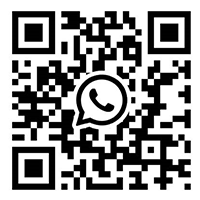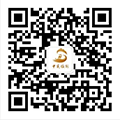816 Underground Nuclear Project, located in Baitao Town, Fuling District, Chongqing, is one of China's most fascinating historical and engineering marvels. Once a top-secret nuclear facility during the Cold War, this massive underground complex is now open to the public as a 4A-rated national tourist attraction, offering visitors a rare glimpse into China's military-industrial past and its remarkable engineering achievements.
Highlights of the 816 Underground Nuclear Project
Historical Significance
Constructed in 1966 as part of China's "Third Front" strategic defense initiative, the 816 Project was designed to be a nuclear fuel production facility hidden deep within Jinzi Mountain to protect it from potential attacks.
The project involved 60,000+ workers and took 17 years to build, with an estimated cost of 7.4 billion yuan (equivalent to billions in today's currency).
It was declassified in 2002 and opened to tourists in 2010, becoming the world’s largest declassified underground nuclear facility.
Engineering Marvels
The complex spans 20+ kilometers of tunnels, with 18 large caverns and 130+ passageways, including reactor halls, control rooms, and cooling systems.
The main reactor hall is 79.6 meters tall, large enough to hold a 20-story building, and was designed to withstand hydrogen bomb explosions and 8.0-magnitude earthquakes.
The 9th Water Diversion Tunnel, stretching 3 km, supplied cooling water from the Wujiang River to the reactors.
Key Areas to Explore
Reactor Hall (104 Plant): The heart of the facility, where nuclear fuel would have been processed. The sheer scale of this cavern is awe-inspiring.
Central Control Room: Preserved with 1,034 original instruments, showcasing the advanced (for its time) automation technology.
Exhibition Halls: Displaying historical artifacts, including Cold War-era equipment, worker diaries, and propaganda posters.
Atmosphere & Experience
The site retains a clandestine, almost cinematic Cold War vibe, with dim lighting, echoing tunnels, and preserved machinery.
Guided tours (available in Mandarin, with some English materials) provide deep insights into the workers' lives, technological challenges, and political context of the era.
Spring (March–May) & Autumn (September–November): Mild temperatures (15–25°C) make exploring the underground tunnels comfortable.
Avoid Summer (June–August): The tunnels stay cool (~16°C), but surface areas can be hot and humid.
Weekdays: Less crowded than weekends, allowing for a more immersive experience.
Best Time to Visit
Travel Tips
Getting There
From Chongqing: Take a 2-hour bus from Chongqing North Bus Station to Fuling, then a taxi (30 min, ~¥50) to the site.
By Car: Drive via G50 Shanghai-Chongqing Expressway (2.5 hours from downtown Chongqing).
Ticketing & Hours
Entrance Fee: ¥60 (adults), with discounts for students/seniors. Guided tours cost extra.
Opening Hours: 9:00 AM–4:30 PM (last entry at 3:30 PM).
What to Bring
Jacket: The tunnels are cool year-round (~16°C).
Comfortable Shoes: The site involves walking on uneven surfaces.
Camera: Photography is allowed (no flash in sensitive areas).
Nearby Attractions
Wuling Mountain Grand Canyon: A stunning natural gorge with hiking trails (30 min drive).
Two Rivers Night Cruise: A scenic boat tour on the Wujiang and Yangtze Rivers.
Cultural Etiquette
Respect the site’s historical gravitas—avoid loud noises or inappropriate behavior.
Follow safety signs; some areas may be restricted.




































